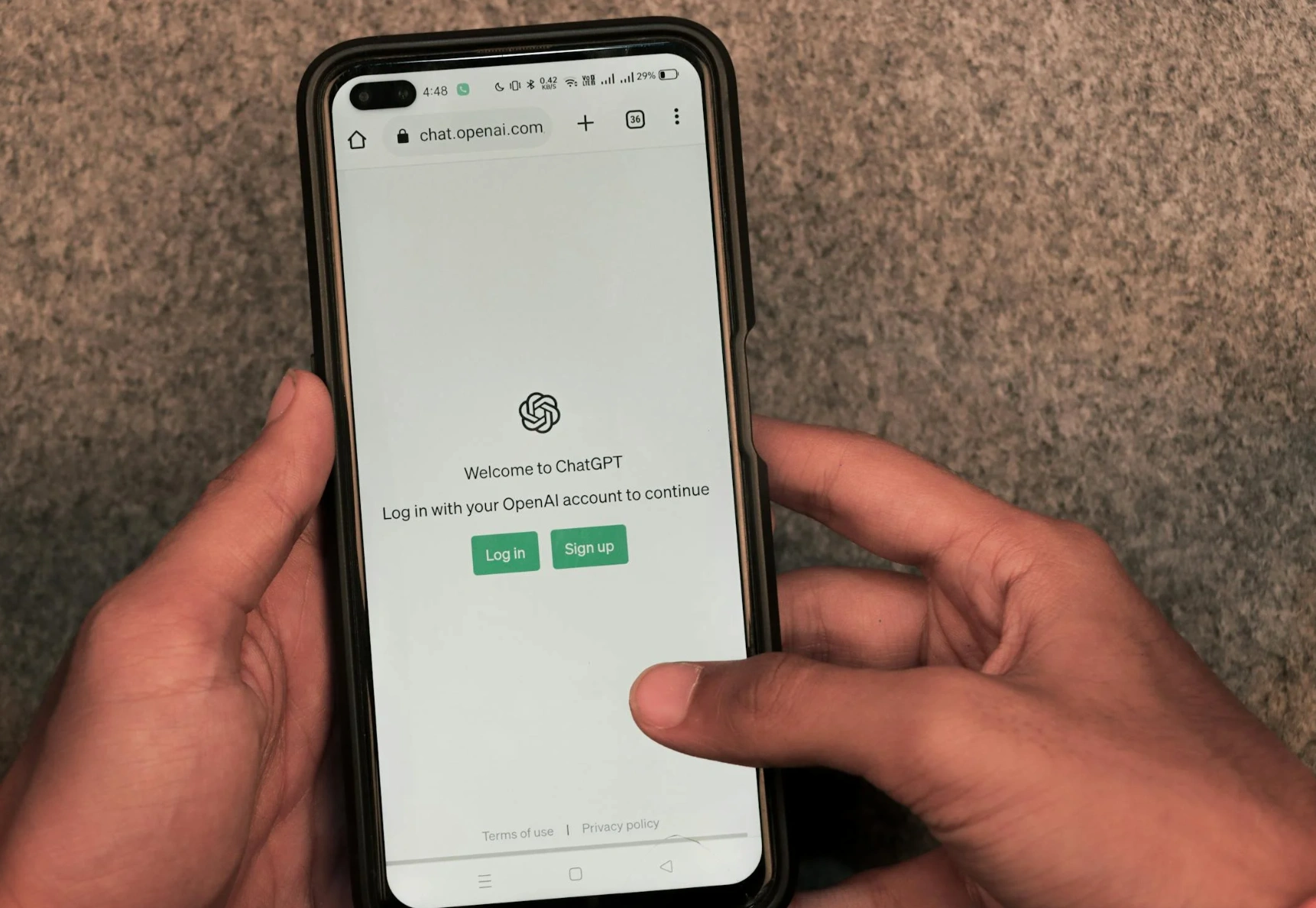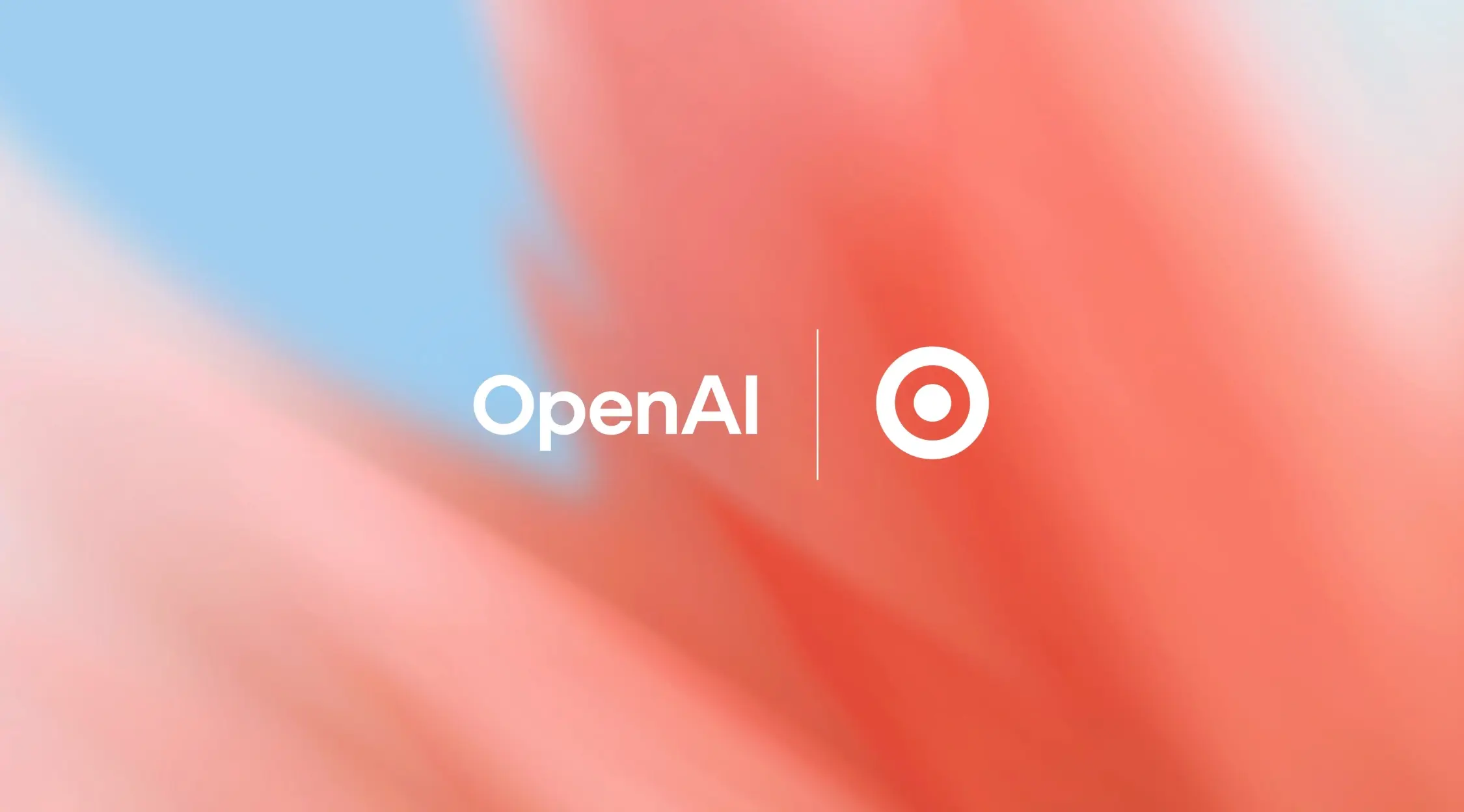How AI Is Helping Small Businesses In 2025
Updated on
Published on

AI isn’t magic; it’s a set of helpers that draft, summarize, search, and predict so you can move faster. Studies in 2024–2025 show big time savings on writing and info-heavy work, plus faster customer replies and cheaper creative testing when humans stay in the loop. If you aim AI at repetitive tasks and keep people in charge of tone, pricing, and policy, you’ll feel the impact in weeks, not months.
1) Customer support: reply in minutes, not hours
Customers judge you by first-response time. AI can read the incoming email or chat, look up the right policy, and draft a helpful reply you approve. That means fewer copy-paste answers, quicker triage, and better mood when you do step in. Teams that ground bots in their own knowledge base see faster replies and fewer escalations—with a human checking the sensitive stuff.
- Quick start: Centralize FAQs/policies; let AI draft low-risk replies; you approve.
- Guardrail: Never let AI invent policy—force it to cite your docs.

2) Sales email and lead qualification: faster “speed-to-lead”
Speed wins deals. AI can scan new inquiries, pull budget/timeline/use case, and suggest a next step so you can answer while interest is hot. That keeps the human focus on discovery and pricing, not inbox archaeology. Research points to strong productivity gains in sales when AI handles summaries and routine drafting (McKinsey) | (Salesforce SMB Trends 2025).
- Quick start: Auto-summaries → CRM record → reply template you edit.
- Guardrail: A person must send final pricing and terms.
3) Marketing copy and ad variations: test more, spend less
Good ads come from trying lots of angles. AI helps you spin headlines, captions, and images quickly, then you keep only the winners. Pair AI creative with disciplined A/B testing to lift conversion and drop cost per lead—don’t “set and forget.” You can use AI to help encapsulate fitting marketing copy for your brand, however it may lack human resonance, always edit and remember you are speaking to an audience not a robot.
- Quick start: Define brand voice; generate 10–20 variants; test 3×3 for a week.
- Guardrail: Human review for claims, tone, and brand fit.

4) Content summarizing and internal search: find answers faster
How many minutes do you lose hunting for “that one slide”? AI can search your docs and return a short, cited summary so you spend time deciding—not digging. Microsoft’s Work Trend data shows big time savings when AI handles drafting and info retrieval (Microsoft Work Trend Index 2024).
- Quick start: Connect a clean folder of policies, pricing, and templates; require link-back to sources.
- Guardrail: Update the source folder monthly; stale inputs = stale answers.
5) Meeting notes and action items: no more “what did we decide?”
Recording (with consent) plus AI notes means instant bullet points, owners, and dates—you just confirm and send. This keeps projects moving and reduces “lost tasks” after busy weeks. Companies report solid admin time cuts from AI transcription and action mining (Microsoft WTI 2024).
- Quick start: Auto-generate 5 bullets + task list → push to your project tool.
- Guardrail: You confirm due dates and responsibilities before sharing.

6) Inventory and demand hints: simple forecasting that helps
You don’t need sci-fi models to benefit. With 18–24 months of sales, AI can flag seasonality, estimate low-stock dates, and nudge you to reorder earlier. OECD work shows SMEs gain when data tools guide basic planning; Canadian data links digital adoption to better productivity (OECD).
- Quick start: Export sales by SKU; ask for peaks, reorder points, and lead-time buffers.
- Guardrail: Treat as a forecast aid—you own the final PO.
7) Bookkeeping prep: receipts and invoices code themselves
AI can read receipts, grab totals, dates, and vendors, and propose categories so your accountant reviews, not re-types. That means faster month-ends and fewer mismatches. Adoption studies highlight document-processing as a safe, high-ROI entry point—with human approval (IBM Global AI Adoption).
- Quick start: Centralize capture (email forward or app) → auto-code common vendors → monthly human review.
- Guardrail: Keep an audit trail and reconcile with bank feeds.

8) Hiring help: clear JDs, fair screening, faster top-of-funnel
AI can draft job descriptions, create structured screening questions, and compare resumes to your must-have criteria. You still make the call, but the early steps are smoother and more consistent. International guidance urges structured rubrics to reduce bias and keep decisions human (OECD—AI & the future of work).
- Quick start: List 5 must-haves; generate JD + screening Qs; score with a rubric.
- Guardrail: No auto-rejects—human review is required.
9) Reviews and reputation: reply fast, fix root causes
AI can watch Google/Yelp/social, draft polite responses, and tag themes like “shipping delay” or “fit.” You approve replies and route patterns to ops. Faster, friendlier responses improve customer experience when assistants are trained on your policy and tone.
- Quick start: One dashboard for reviews; AI drafts; owner approves; tag issues and log fixes.
- Guardrail: Never argue; escalate refunds/complex cases to a person.

10) Lightweight compliance and policy checks
Rules change; checklists help. An AI “policy buddy” can remind you what claims you may/may not make, and ask for sources before anything goes public. Ethical AI playbooks stress human oversight, data minimization, and clear approvals (OECD AI Principles).
- Quick start: One “source-of-truth” doc (pricing, refunds, disclaimers) that AI must cite.
- Guardrail: Log who approved what, and when.
Implementation game plan (2–3 weeks)
Pick one workflow, define one metric (e.g., first-reply time, hours saved, CPL), and run a draft-only pilot: AI writes; humans approve. Measure weekly; keep what improves ≥20%, kill or fix what doesn’t. Then add a second workflow. This “small bets” approach mirrors how top adopters reduce risk and capture value faster.
FAQ
What’s the fastest AI win for a small business?
Customer support drafting and knowledge-based self-service—time to value is usually under two weeks.
Which marketing move has proof behind it?
AI-assisted creative variation with human curation and real A/B tests.
Will AI replace my staff?
Research points to task automation/augmentation, not 1:1 replacement—humans still own decisions and relationships.
Using AI as an Advantage
AI helps small businesses most when it’s boring and reliable: drafting replies, summarizing meetings, searching documents, tidying books, and flagging demand. Keep humans in control, force tools to cite your own sources, and measure one clear KPI per workflow. Do that, and the research trendlines—more time back, faster responses, steadier growth—become real in your business within a month.







